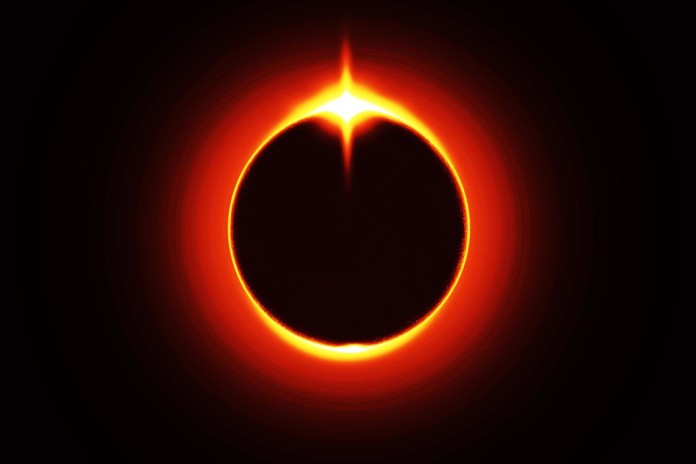
Pluto has had a rough go of it. A few years back science decided to begin calling it a dwarf, which is not very nice. And lately, Mars and the moon are getting all the attention in the universe, literally. But this may change slightly after a cool rippling effect was found pouring from Pluto’s atmosphere. NASA apparently noticed the rippling of Pluto last year during a flyby. How much of the NASA budget goes into space cruising? May we never know? But it is fantastic to see the little dwarf planet finally get some more attention.
Is Pluto, Earth, and Mars the Same?
While NASA has been busy uploading selfies of Curiosity on Twitter, the NASA probe New Horizons, which is aptly named, made a flyby of Pluto. What it captured was a flaring effect coming off the dwarf planet like a ripple, or wave. This is only seen when the sun is right behind the planet. Scientists have attributed some of the rippling to Pluto’s varied nitrogen atmosphere and illumination. This is indeed pretty cool, but it may have other meanings as well. Since Earth, Mars and Pluto are the only known planets to have the atmospheric phenomenon occur.
Are the Rippling Waves Caused by Aliens?
It would be a fun thought to entertain. With all the strange theories coming from the Mars exploration missions, it would be easy to put aliens at the heart of a space wave on the dwarf planet. Aliens aside, NASA attributes the rippling effect to the varied nitrogen, illumination and view simultaneously happening at once. Not the NASA explanation you might have been waiting for. The simplicity of the rippling waves is only unique in that Earth and Mars have it as well. As far as NASA knows. They are gravity waves or buoyancy waves, and they are an atmospheric phenomenon resulting from airflow over space mountains. Or regular mountains here on planet Earth.
Is Pluto Up Next for NASA Colonization
The atmospheric anomaly only happens on Earth, Mars, and now Pluto. Will this be the spark NASA needs to get rover crazy and begin extending their budget for Pluto colonization efforts? Interestingly the space haze from Pluto extends 120 miles above the surface of the planet, so maybe its alien smog? This could be a valid NASA argument for more exploration. New Horizon caught the alien smog with its Long Range Reconnaissance Imager (LORRI) as it left Pluto in 2015. There may be more images, but scientists say it may take up to 16 months to download all the images.

















